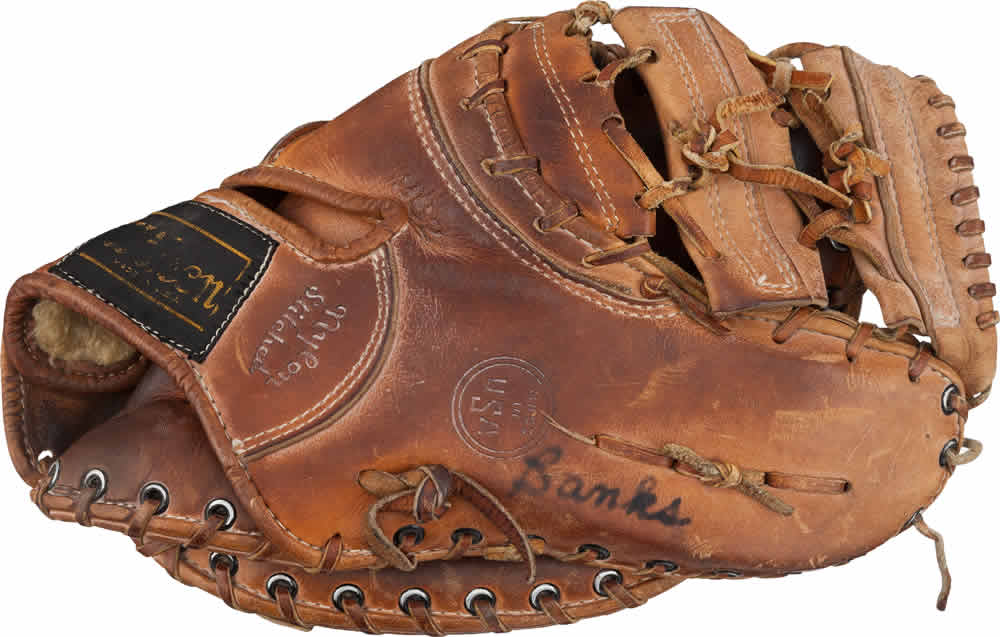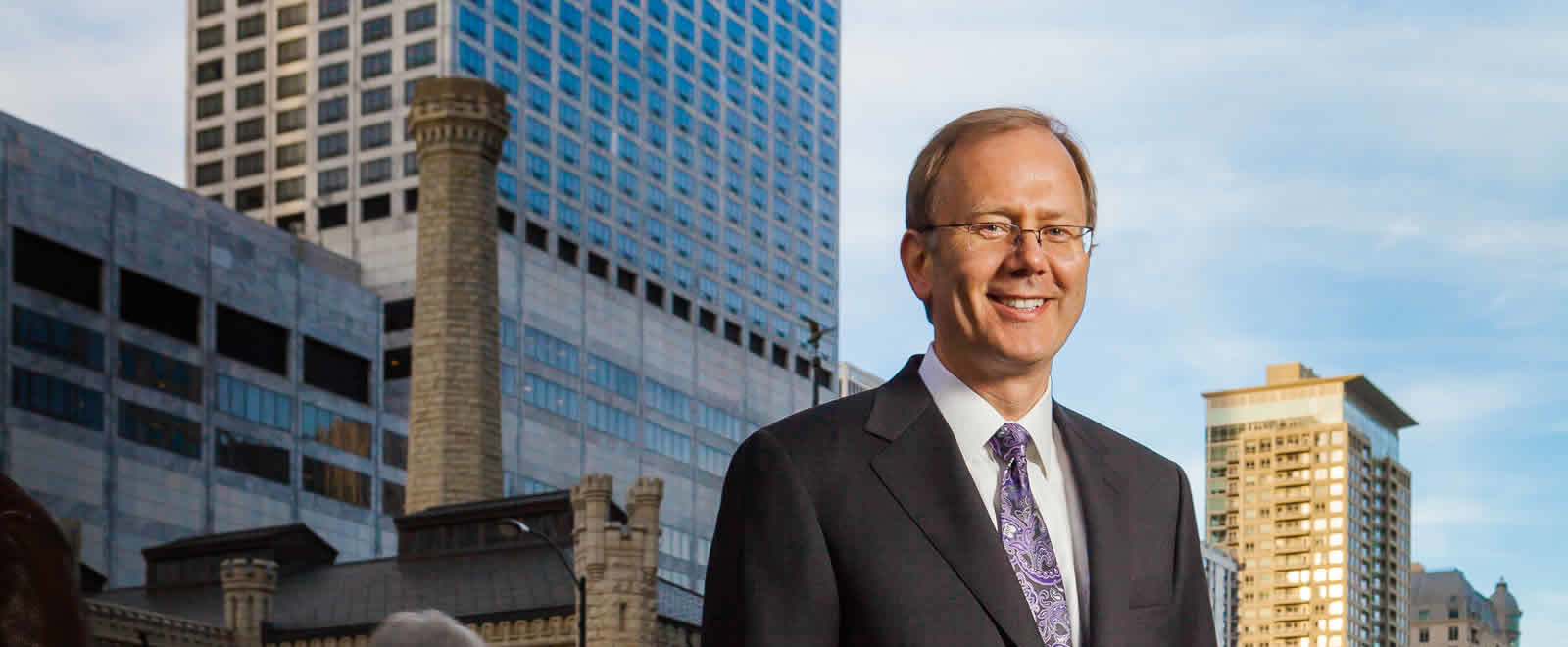GRANT DePORTER IS A LOYAL WINDY CITY FAN, EVEN SPENDING $114,000 ON THE CURSED 2003 GAME 6 FOUL BALL JUST TO BLOW IT UP
Interview by Barbara Conn ● Portrait by Jim Newberry
Living in a hotel sounds a bit like an episode of the 1970s television classic The Love Boat – each day, exciting and new. On occasion, real life intersects with fiction, as is the story of business leader Grant DePorter. Growing up in a hotel, where simply riding the elevator was an adventure and bumping into a World Series champion or an NBA athlete was a daily occurrence, a lifelong passion for sports was ignited.
Today, DePorter is no ordinary collector. He is CEO of Harry Caray’s Restaurant Group, named for legendary Hall-of-Fame broadcaster Harry Caray (1914-1998). Harry Caray’s Restaurant Group operates seven restaurants and the Chicago Sports Museum. “Grant’s dedication to keeping Harry’s legacy alive is appreciated by the entire family,” says Caray’s widow Dutchie. “He’s done an outstanding job capturing Harry’s love of the game and the fans throughout all of our restaurant locations.”
DePorter also is a formidable civic leader, sports historian, curator of the Chicago Sports Museum and an innate showman, all while enthusiastically sharing his collection with the public. “Grant has a way of creating an enjoyment of the history of the game,” says Gold Glove winner, Hall of Famer and friend Ryne Sandberg.
Sports fans around the world became acquainted with DePorter in 2004 when he paid $113,824.16 for the infamous Foul Ball (aka the “Bartman” ball) from the Cubs’ heartbreaking loss in Game 6 of the 2003 National League Championship Series. He then proceeded to blow up the cursed ball with the assistance of an Oscar-winning special effects expert.
The Chicago Sports Museum features a replica of the device that allows fans to simulate blowing the ball into fiery chunks. The replica and tarnished remains of the actual ball are located in the museum’s “Curses and Superstitions” area.
COLLECTING LESSONS
Grant DePorter is CEO and founder of the Chicago Sports Museum, which is part of Harry Caray’s Restaurant Group. Here’s what he’s learned on his collecting adventures:
►The most important thing for any serious buyer is research, research and more research. Do not take the word of a seller or an industry-accepted expert.
►Ask others involved in the industry about the object and use science if at all possible.
► Provenance about the object is vital. Ask questions about the item and if the answers do not add up, walk away.
►Look at past sales of similar objects to determine a fair price you’re willing to pay (if past sales can be trusted).
►Know the return policy and what you need to do to trigger that policy.
So, how does one transition from being a kid living it up in a hotel to possessing one of the most extensive and important collections of Chicago sports memorabilia? We sat down with DePorter, in what had been Harry Caray’s personal office, to find out.
When did you discover your interest in collecting?
My father, Don DePorter, was in the hotel business my entire childhood. I remember as early as 1973, when he was running the Hyatt Embarcadero in San Francisco, encountering Hank Aaron right before he broke the all-time home run record. He signed a baseball to me, and I was hooked. Later in the ’70s, my dad became a partner in the Oakland Stompers soccer team, along with Ben Davidson of the Oakland Raiders and John Brody from the San Francisco 49ers. I’d attend games as a kid, wearing a uniform, and be seated with the families who always made sure I went home with a distinctive souvenir.
Enlarge
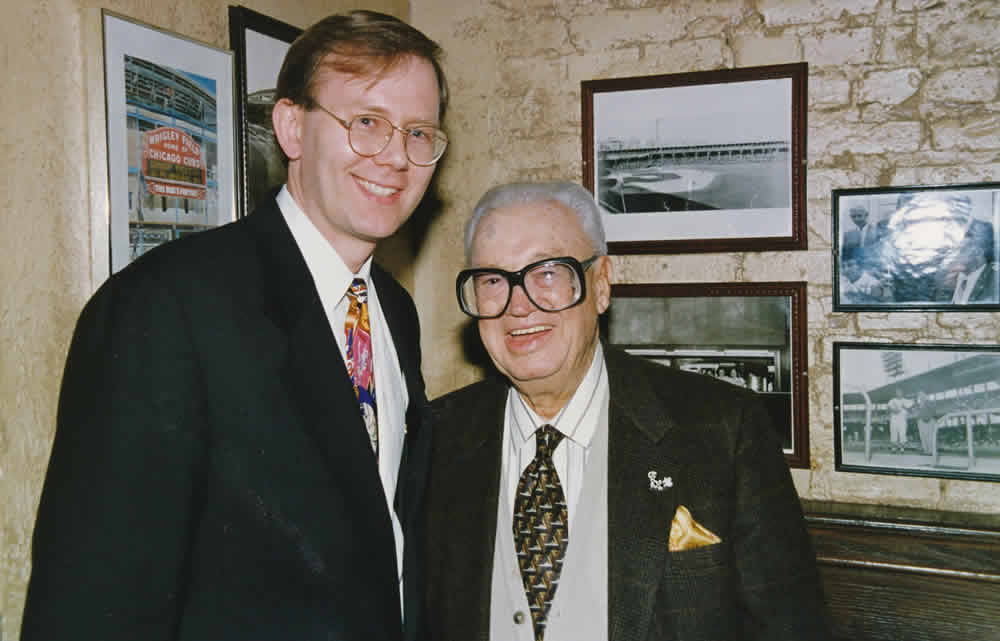
Later, when he went on to run the Hyatt Regency Chicago, it felt like all of the visiting sports teams were constantly staying there. I’d ride with them in the elevators, see them in the lobby, and quickly came to realize it was an opportunity to add to my collection. And it wasn’t just players. It was umpires and coaches, too. Umpire Ken Kaiser used to take me to White Sox games and into the locker rooms, where I once unexpectedly encountered outfielder Chet Lemon as I was helping myself to one of his bats.
The NBA annually held their awards dinners at the hotel, too. My dad was quite charitable, and would often be thanked after the event with a basketball signed by all of the winners. That certainly was a highlight in my early collecting years.
Enlarge
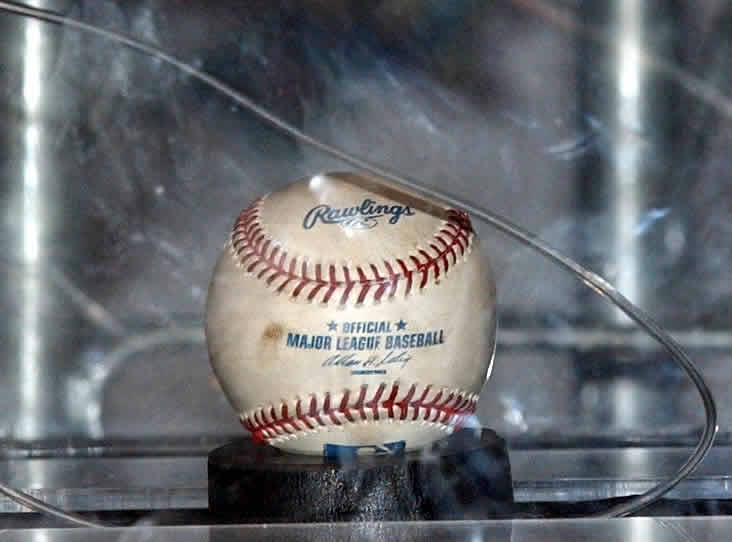
What was the first piece you remember buying?
What got me aggressive was the infamous Foul Ball. Being five outs away from the Cubs going to their first World Series since 1945, and have it not happen, was traumatic for Cub fans. [The ball was] auctioned off two months after the game. I thought I would be bidding against Florida Marlins fans, since they won the World Series that year, and that foul ball incident played a part. I didn’t know whom I was up against. It turned out I beat [comic book artist and publisher] Todd McFarlane, who, at the time, owned six of the 10 most expensive baseballs in history.
My intention was to destroy the ball and provide a cathartic release for Cub fans. I received 20,000 letters in one week thanking me and offering suggestions of how to accomplish this. The Today Show’s Katie Couric was the first to call, followed by media outlets from around the world. Not wanting to travel with my newly acquired and expensive piece of history, [NBC newsman] Lester Holt interviewed me via satellite about my purchase and unique plans.
One of the letters I received came from Michael Lantieri, who won the Special Effects Academy Award for Jurassic Park. He said he would explore the techniques they employed in Hollywood to destroy the ball. Ultimately, he used a heat-pressured explosive to blow it up, while retaining some remains, so there was a bit left over.
Enlarge
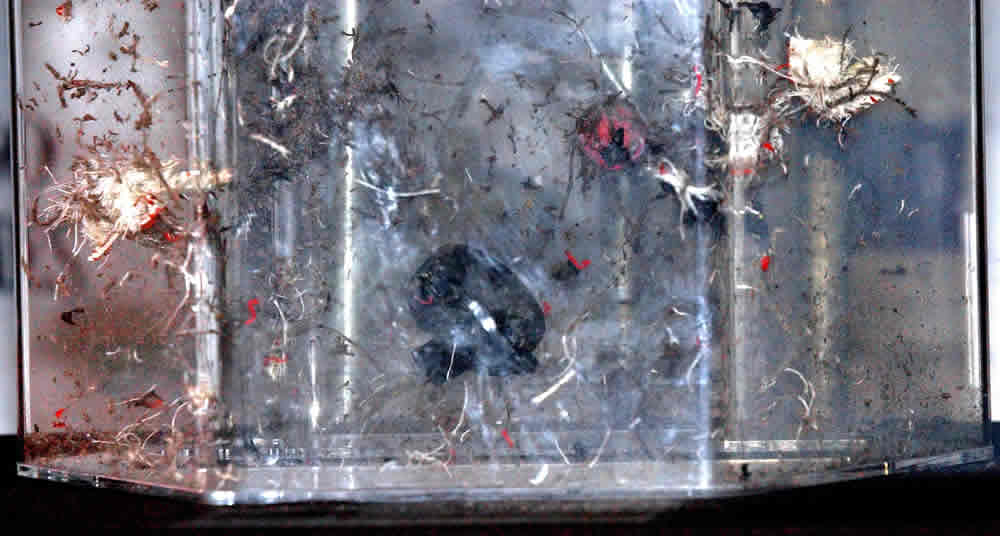
In February 2004, we publicly staged this moment in front of Harry Caray’s Italian Steak House on Kinzie Street here in Chicago. Mayor Daley closed the street, saying it was for the greater good of Chicago, and we enlisted Harold Ramis, the famous Ghostbuster as our master of ceremonies, along with performances from Smashing Pumpkins’ Billy Corgan and Cheap Trick’s Rick Nielsen, all culminating when Michael Lantieri pushed the button and blew up the ball. The following year, we took some of those remains and after much preparation, turned it into spaghetti sauce [and] 700 fans ate it.
Michael Lanteri also worked on Back to the Future 2, where the Cubs win the World Series in 2015, and loaned me the movie’s hover boards and sports almanac to display. I ended up buying the ball from Heritage Auctions that made the final out in the 1945 World Series, the last time the Cubs were in the Series. I thought by acquiring that ball, it should be treated differently. Michael and his brother Lou, another special effects artist, lent us a steel container to house and suspend the ball until the Cubs actually win the series. The ball remains on display in that canister today.
Enlarge
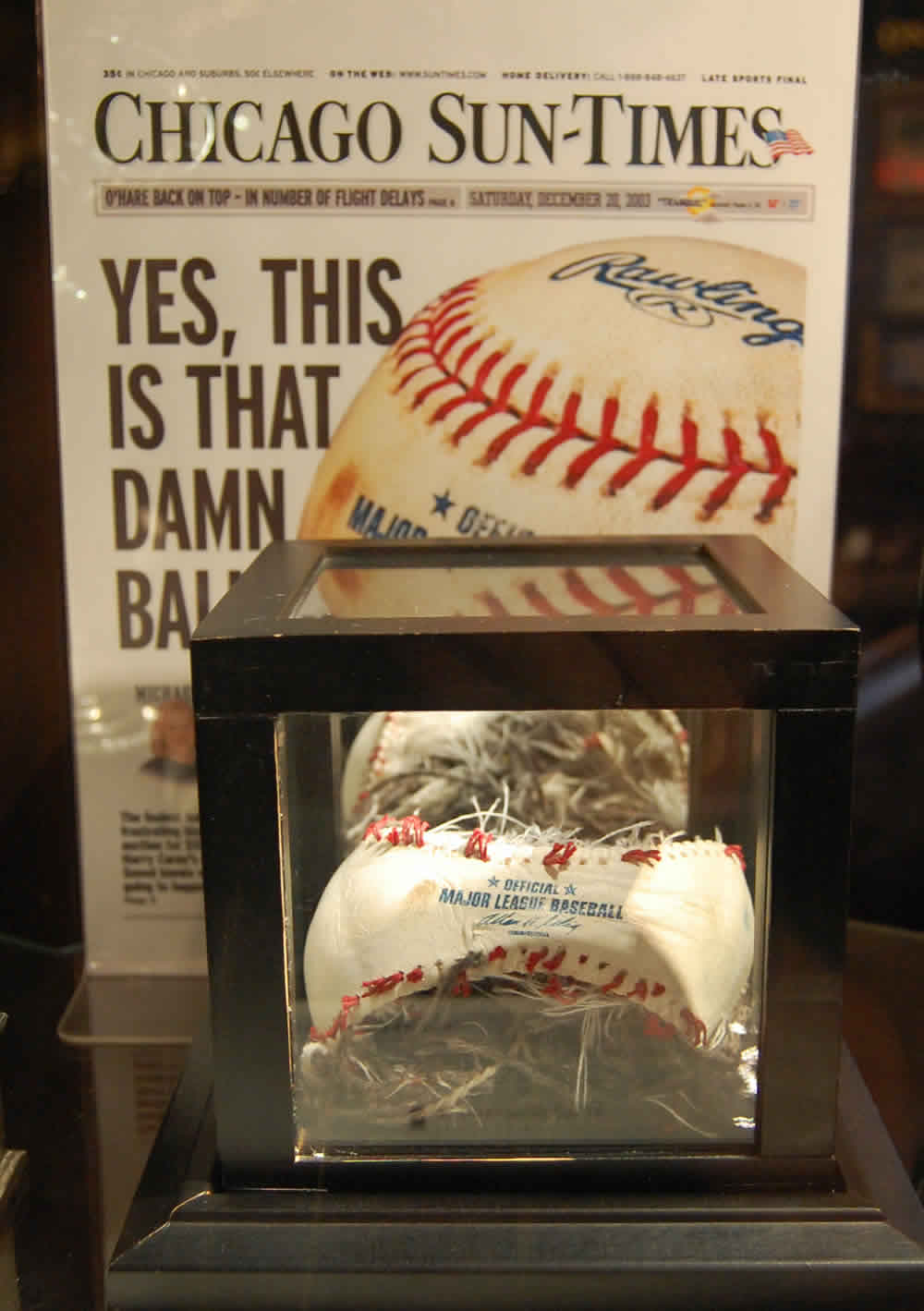
What is the most unique item you’ve ever purchased?
The oddest item I’ve ever purchased came from Andrew Shaw of the Chicago Blackhawks. It’s his stitches from the Stanley Cup Finals Game 6 in 2013 [in which Shaw took a puck to the face]. At that point, local media were projecting that I would be the buyer. I never want people to know what I’m going for, so I said I wasn’t interested. Ultimately, I did buy them, and paid $6,500. Fans thought I was being thematic, as Shaw’s number is 65. The money went to charity, which was meaningful.
I also bought Sammy Sosa’s infamous corked bat. One of the partners here at Harry Caray’s is a radiologist, and performed a CAT scan on the bat that showed the cork going all the way through. It’s on display at Harry Caray’s Tavern on Navy Pier, and always a conversation piece.
Did you ever drift away from collecting?
I never lost my passion for collecting, but when I went off to college and later was getting my MBA, it took a backseat. Upon returning to Chicago, I got involved with the newly opened Harry Caray’s Restaurant, and instinctively began to archive Harry’s memorabilia.
Do you have any stories about the one that got away?
In 2015, at the National Sports Collectors Convention, Heritage offered William “The Refrigerator” Perry’s Super Bowl Ring. I really wanted it for our Sports Museum at Water Tower, as we already have a replica on display. I was the second-highest bidder at $191,000 and it felt a bit like crazy money. It ultimately sold for $203,150.
What is still out there that you’d love to get your hands on?
The things I go for the most are Chicago specific, and if I’m close to someone, it has special meaning for me. Walter Payton was a friend of my dad’s, and the week before the Bears’ Super Bowl appearance he was hanging out with us in my dad’s office, wanting to talk about the restaurant business, trying to get his mind off football. So I recently acquired Walter’s final touchdown football. When I care about someone and there is more of a personal connection, I am going to go after it.
Ernie Banks’ 1969 glove I acquired, too. I felt like I saw Ernie almost every day in recent years, until his passing in early 2015. Ernie had lost most of his possessions from his sports life, so whenever I could get them back, I knew that he loved it. I also went after his 1976 coach’s jersey. Not a lot of people know that in 1973, Ernie was the first African-American to manage a baseball game. Fans think it was Frank Robinson, but Ernie was about a year ahead. It’s currently on display at Harry Caray’s on Kinzie Street. The players I know love to see their memorabilia on display. They like sharing their awards and historic moments with their fans.
Do you collect anything else?
Enlarge
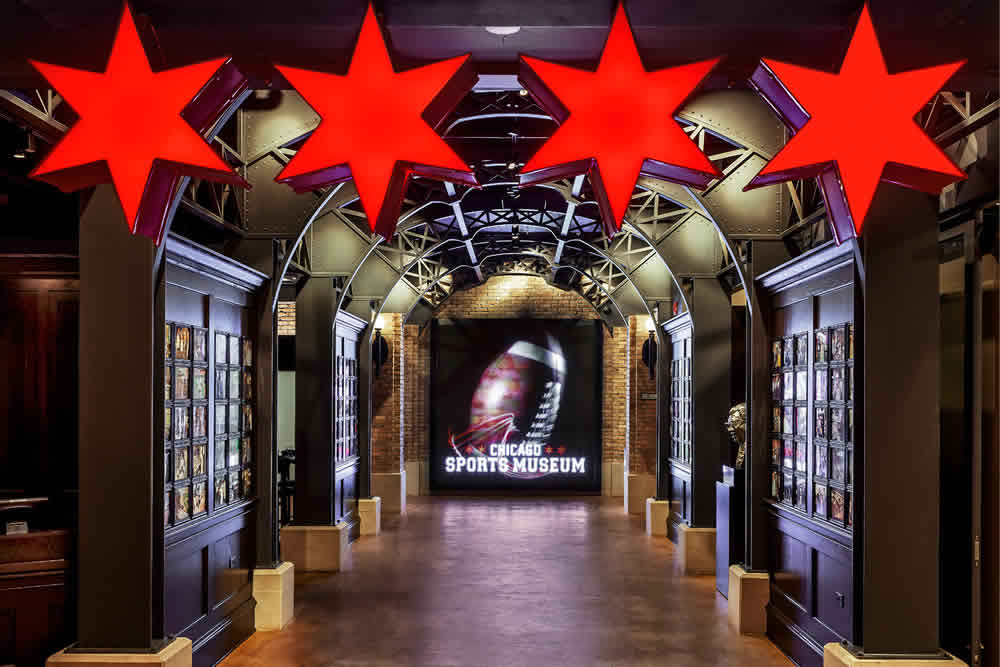
Absolutely! I was entrusted with a large private newspaper collection by a long-time customer. He knew I would respect and take care of it. Many of the papers are framed on walls at various Harry Caray’s restaurants. I recall after that gift, I fed him lunch for the rest of his life.
And it’s not just sports. It’s Chicago history, too. I converted the basement of Harry Caray’s on Kinzie Street into a Frank Niti museum, which features his vault, after I purchased a Niti subpoena from a Cook County court auction. Niti was the infamous enforcer for Al Capone. His in-laws purchased the building that we now own, and he kept an apartment on the fourth floor, which served as a hideout and conveniently allowed him to keep an eye on the courthouse across the street. About 150 people come through each day.
Do you ever come across fakes or forgeries?
In 2010, the Blackhawks won their first Stanley Cup in 49 years. I wanted something from that game, and found out that the winning puck was missing. No one knew where it was. I was participating in the FBI Civilian Academy at the time, and put out a $50,000 reward for the puck. A Philadelphia Flyers fan came forward, so I sent the puck to the FBI for authentication. Volunteering their own time, they blew up the image of the final goal being scored, and with NBC providing an unedited reel, it was determined the puck was not a match. Eventually, it was established that the linesman, Steve Miller, picked up the puck. I continue to search for it, and people continue to submit. The reward is still out there, if anyone has it.
What advice do you have for collectors?
Always do your research and look at the back story to understand if something is authentic. How did it get from point A to point B is extremely important. History and provenance and, of course, buy from reputable places. I frequently get calls from people offering to sell me their items, but if it has no historical significance, I’m generally not interested. I also have the privilege of displaying important pieces on loan. For years, I’ve been trying to get outfielder Moisés Alou to sell me the mitt he wore in that fateful 2003 NLCS game. He finally acquiesced and loaned it indefinitely. It’s now displayed next to the remains of that infamous 2003 foul ball.
BARBARA CONN is consignment director for Heritage Auctions in Chicago.
Recent Acquisitions
Grant DePorter and Harry Caray’s Restaurant Group walked away with several treasures offered at Heritage’s Sports Collectibles Platinum Night Auction last summer. They are now among the items on display at the Chicago Sports Museum.
Enlarge
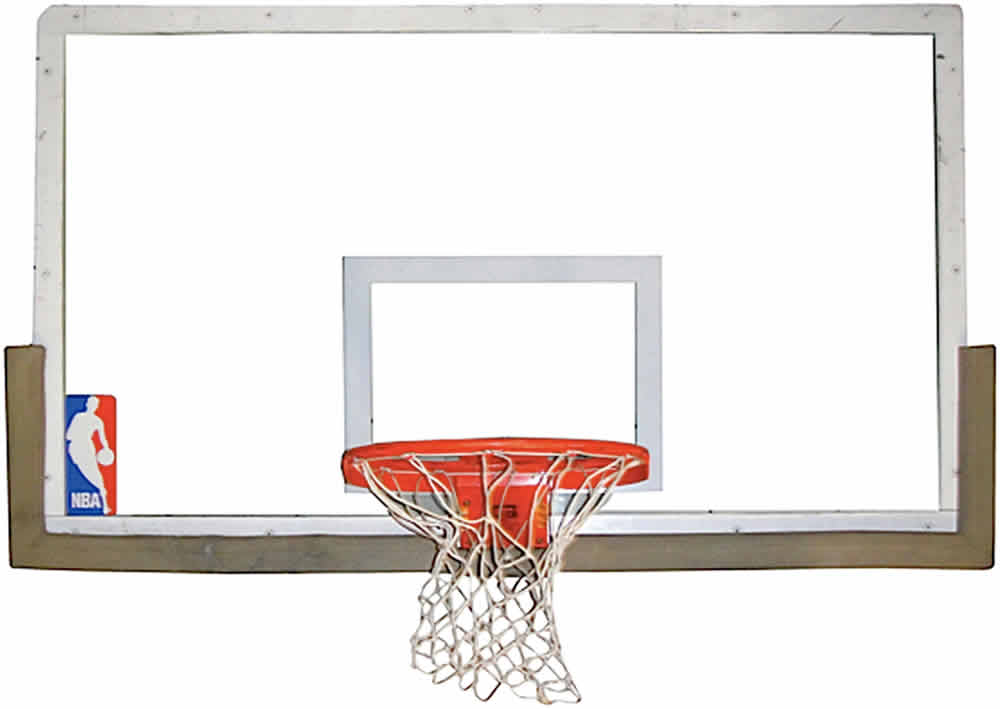
Enlarge
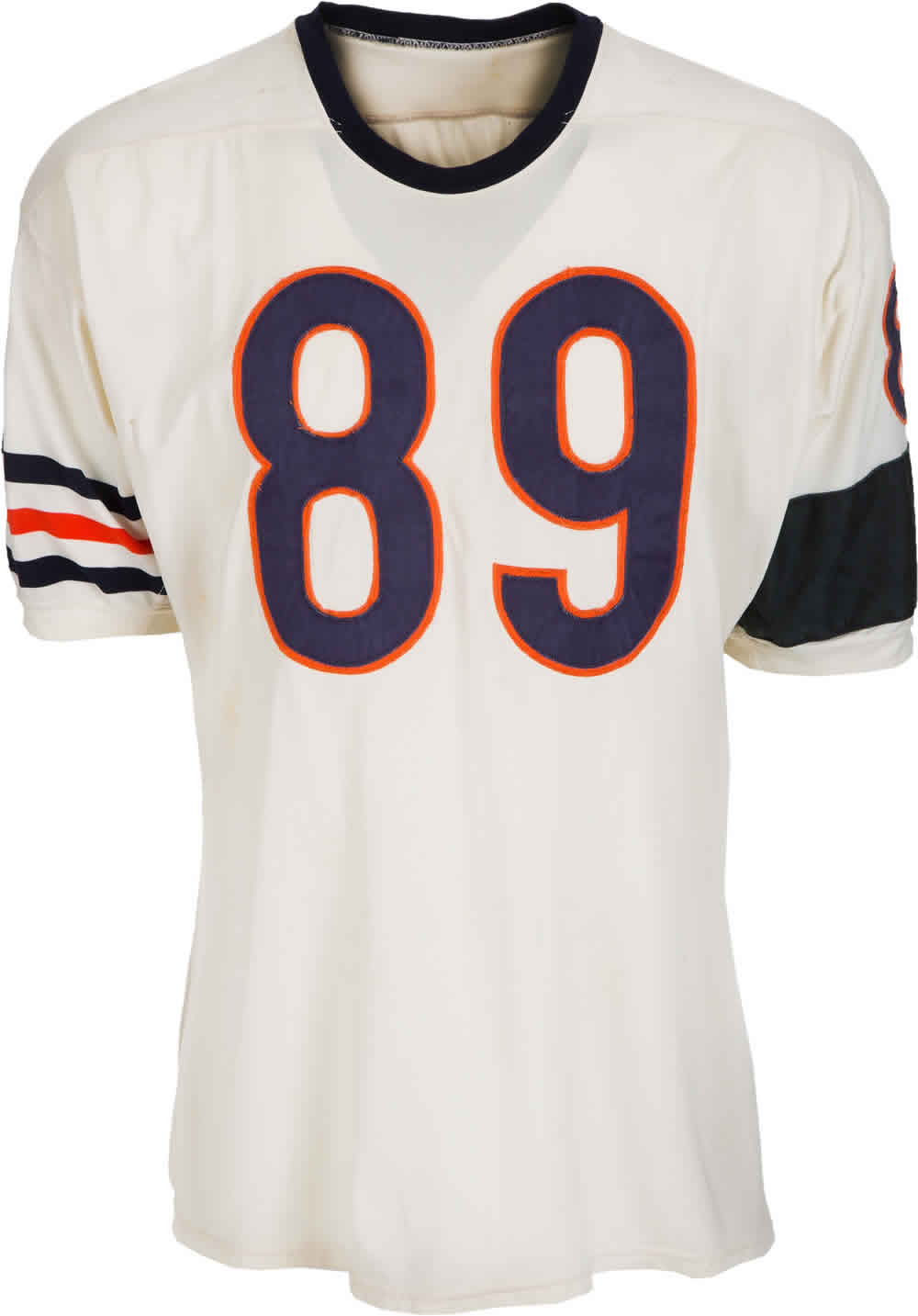
Enlarge
